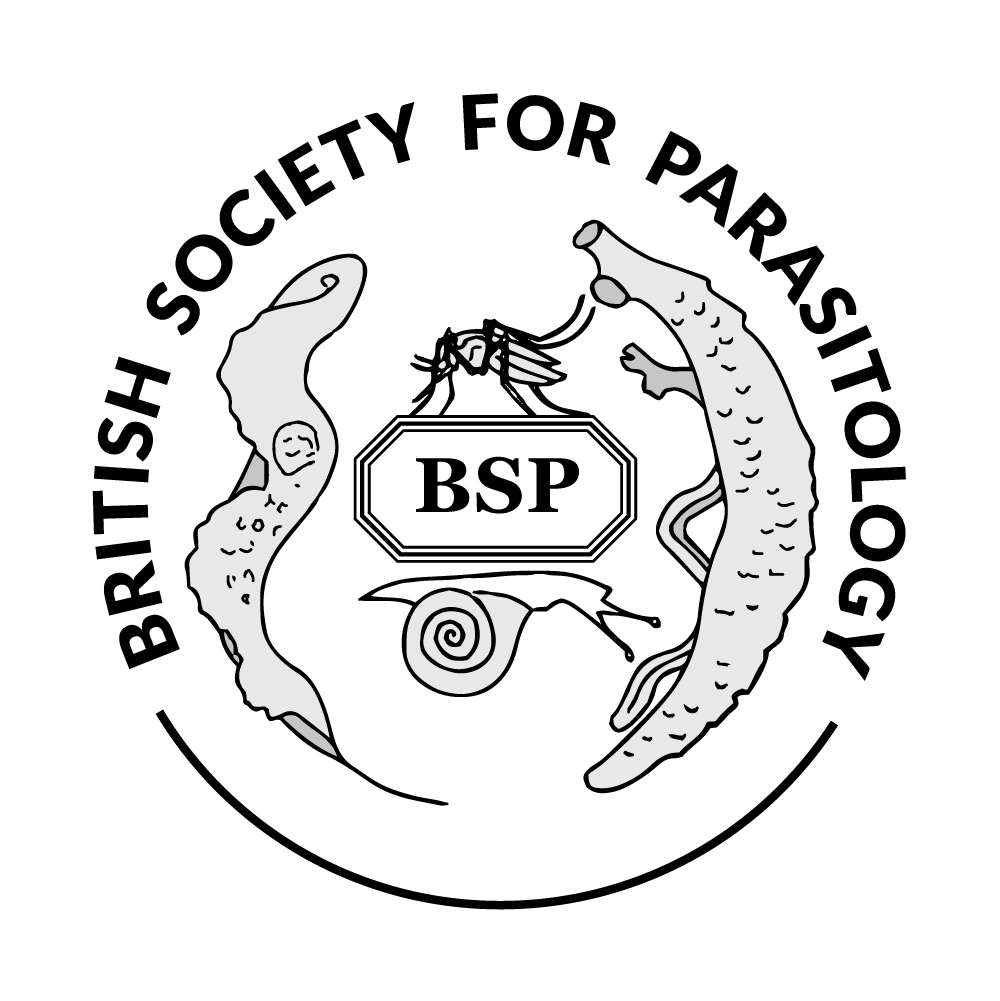Authors
C Urbina Camacho1; C Barrera Grijalba1; BH Zimmermann1; 1 Departamento de Ciencias Biologicas, Universidad de los Andes, Bogotá D.C., ColombiaDiscussion
Toxoplasmosis is considered by the Centers of Disease Control and Prevention to be a neglected parasitic disease (Ben-Harari and Connolly, 2019) because of low awareness and underestimation among healthcare professionals, despite high worldwide prevalence of the causative agent, Toxoplasma gondii. Limited treatment is available for immunocompromised patients, pregnant women, and those with congenital or chronic infections. In recent years there has been a re-emergence of toxoplasmosis, driven by the increase of drug-resistant strains that can affect immunocompetent individuals and lead to complications including abortions in pregnant women (Montazeri et al., 2018), suggesting the infection can pose a threat to a broader population and prompting the need for new anti-infective strategies. The pyrimidine biosynthesis pathway has been previously used as molecular target against related parasites, including Plasmodium falciparum. In T. gondii, knockouts of the first, fifth or sixth enzymes of this pathway result in uracil-auxotrophic parasites, while elimination of the fourth enzyme (dihydroorotate dehydrogenase, DHODH) results in lack of growth regardless of uracil availability. Replacing DHODH with a catalytically inactive variant restores the auxotrophic phenotype, indicating an additional, unknown role for TgDHODH (Hortua Triana et al., 2016). The objective of our project was to explore whether TgDHODH interacts with other proteins in the parasite mitochondrion, since such interactions might provide clues about its pyrimidine-independent function. In humans, DHODH knockouts result in loss of mitochondrial membrane integrity, and the enzyme appears to interact with respiratory complexes I and II (Fang et al., 2013). We conducted Blue Native Gel Electrophoresis (BN-PAGE) coupled with in-gel activity assays for DHODH using mitochondrial extracts from tachyzoites, as well as 2D-SDS-PAGE followed by TgDHODH detection using Western Blot with antibodies raised against a recombinantly produced, N-terminally truncated TgDHODH. TgDHODH activity or antibody reaction were observed in bands migrating at much higher molecular weight than expected for the protein alone, both in BN-PAGE and 2D-SDS-PAGE, indicating that the protein could be interacting with one or more proteins in stable complexes. Two high molecular weight bands, both migrating near 700 kDa, were excised and prepared for mass spectrometry analysis. In addition to the TgDHODH domains homologous to class 2 DHODHs from other organisms, TgDHODH possesses a mitochondrial targeting sequence in an unusually long 157 residue N-terminal extension. Previous work shows that this sequence is proteolytically removed during import, producing a mature enzyme of ~48 kDa (Hortua Triana et al., 2012). Extended N-terminal mitochondrial targeting sequences have occasionally been linked to independent functions of the corresponding targeting peptides, which are cleaved from the rest of the protein once this reaches its intended location. We planned to produce the extended 157 residue N-terminal peptide of TgDHODH as a recombinant protein to allow the production of antibodies that could be used to screen for its presence in T. gondii mitochondrial complexes. In our preliminary attempts at expression, we were able to detect this recombinant peptide in cell extracts with antihis-tag antibodies, however expression levels were very low, possibly due to the presence of predicted disordered sequences which may have made the sequence susceptible to proteolysis. We plan to express a shorter peptide, encompassing the first 113 residues, to eliminate most of the disordered region. This research was funded by Banco de la República Fundación para la Promoción de la Investigación y la Tecnología #4499, and by the Facultad de Ciencias Universidad de los Andes projects INV-2019-84-1846 and INV-2021-127-2302.
